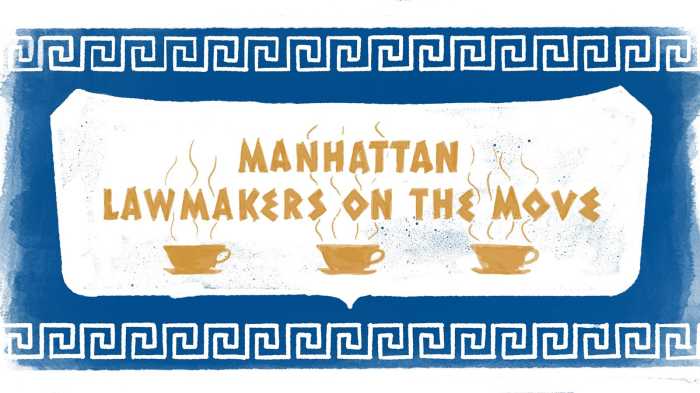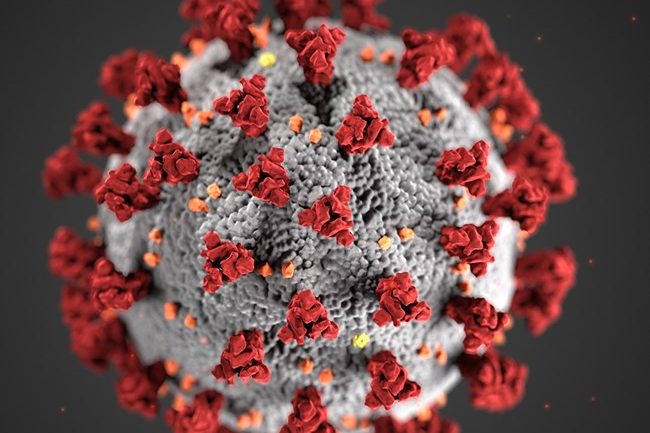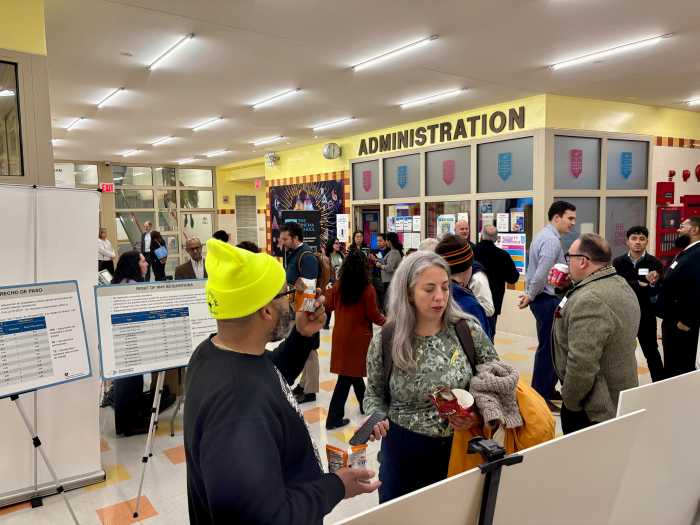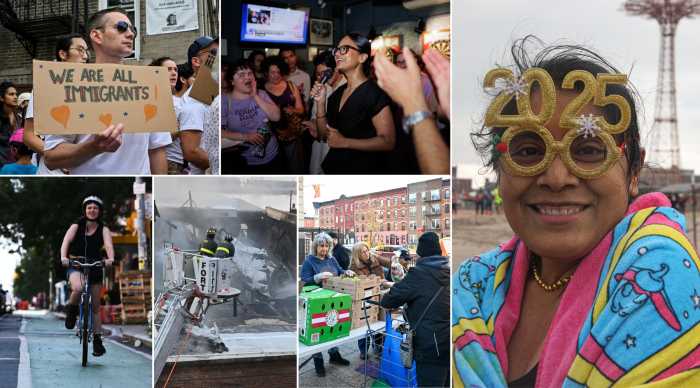City Council Member Mark Levine, City Council Speaker Corey Johnson and the land use division at the City Council, Manhattan Borough President Gale Brewer, Community Board 9, and the Morningside Heights Community Coalition (MHCC) today announced their plan to develop a block-by-block vision that could add a significant number of affordable housing in the neighborhood as well as protect countless more.
The plan identifies a 15-block stretch (between 110th to 125th Streets) with twenty sites spanning from Riverside Park to Morningside Park that are vulnerable to luxury development without affordability requirements because of unused air rights or high vacancy rates.

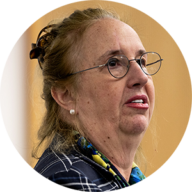
“The zoning in Morningside Heights has not been changed since 1961, and it is desperately in need of an update,” said Levine. “The current zoning has led to the worst of all worlds: wildly out-of-scale mid-block towers and zero affordable housing. An extraordinary community-driven process has put forward a powerful alternative to the status quo, with a plan that would add density and affordable housing on the avenues and adjacent to transit, would limit out-scale-towers, would preserve existing rent-stabilized apartments, and would update an inconsistent commercial overlay.”
Among the sites included in the rezoning plan include 568 W. 125th Street, where there is currently a one-story building built in 1957. Under the planned Mandatory Inclusionary Housing (MIH), the site could be built up to 17 with up to 272,425 square feet of floor area, including ground-floor retail.
Redevelopment on this site could produce an estimated 353 residential units, with about 88 of those being affordable, compared to the 141 units with zero affordable units that could presently be built.
Another development site in the proposed rezoning is 2861-2871 Broadway, which currently consists of four two-to-three-story buildings built between 1912-1940. Under the proposed rezoning with MIH, the site could be built out to 23 stories, with up to 181,476 square feet of floor area, including ground-floor retail.
Redevelopment on this site could produce an estimated 245 residential units with roughly 61 of those units being affordable, compared to the 138 units with zero affordable according to current zoning.
The plan does define what it considers affordable in regard to area mean income (AMI) or very-low-, low or moderate income.
The plan also calls for expanding the commercial corridor to include a majority of Broadway from West 114th Street to West 125th Streets, where there is currently no commercial overlay.
“I’m grateful to Council Member Mark Levine and the NYC Council land use office for collaborating on this thorough study that presents a balance between preservation and new development, protecting current residents and creating opportunities for affordable housing,” said Brewer. “I look forward to continued engagement with residents and stakeholders to create a solid proposal.”
Johnson said the study recognizes the difficult moment that the city is in and seeks to address our affordability crisis head on.
“And unlike other plans, the city has put forth, this one is actually coming to us from the community themselves. Their goal is our goal: to increase affordable housing and preserve the units we do have,” said Johnson. “I’m proud of the work the Council has done here, and I hope to see more community-driven plans going forward.”
U.S. Rep. Jerry Nadler noted that time after time there has been a top-down approach to rezoning in the city.
“City-Hall driven rezonings fail because they didn’t take the time to understand the area as local stakeholders do”, said Nadler. “I am excited to see a community-driven plan that can curb out-of-scale development, create affordable housing, and preserve the unique character and vibrancy of Morningside Heights move forward.”



